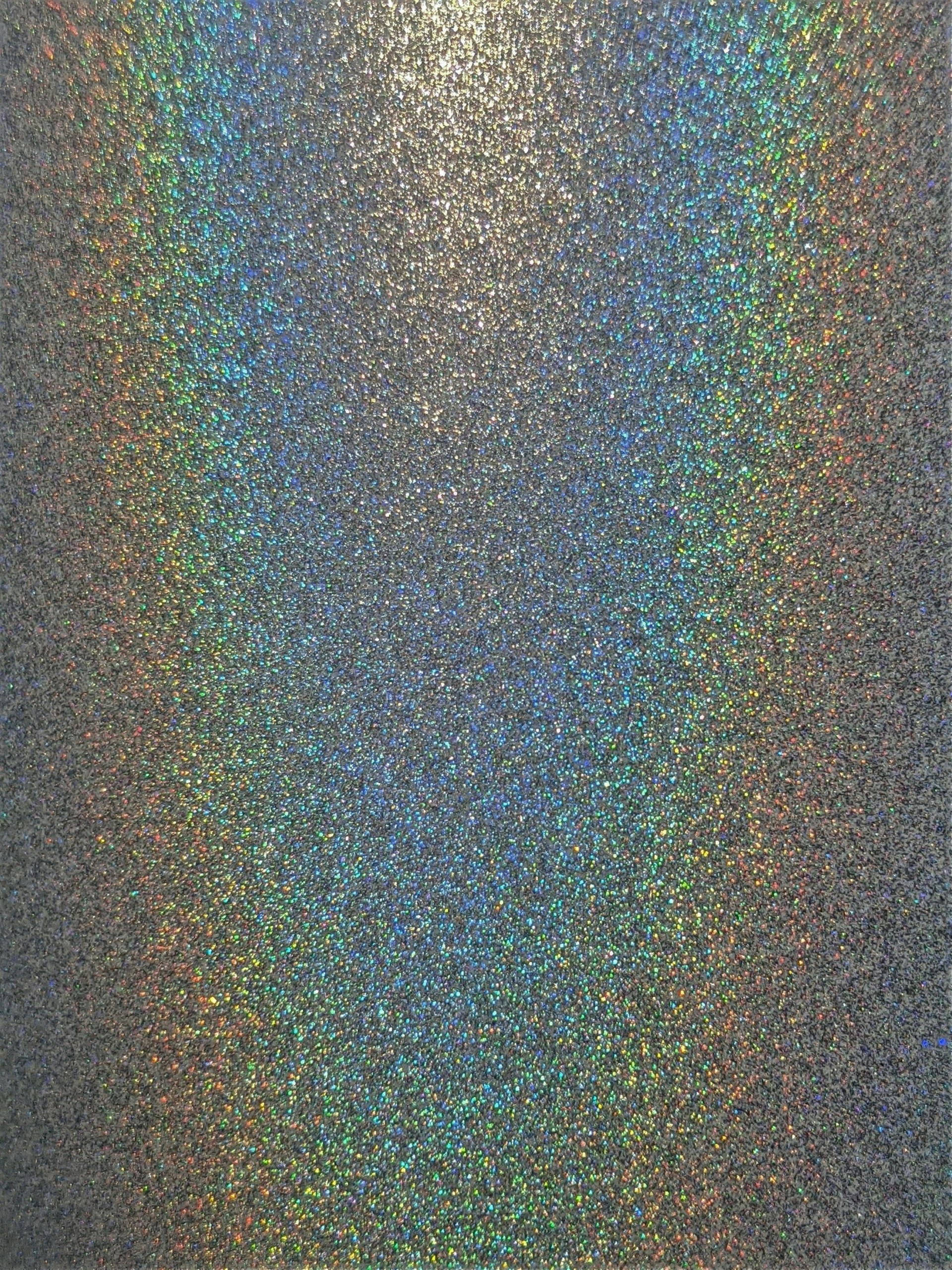Mastering Hummingbird Photography: Advanced Techniques to Capture Every Iridescent Moment
Introduction
For the dedicated outdoors enthusiast, hummingbird photography holds an enchanting allure unlike any other. These iridescent jewels of the bird world present a challenging yet rewarding subject for photographers. Their diminutive size and rapid movements demand a unique set of techniques and equipment, as ordinary setups won’t suffice to capture their fleeting beauty. This article aims to guide you through the key strategies, optimal settings, and essential gear to help you snap stunning photographs of these aerial acrobats.
Equipment and Settings
The right gear is crucial for hummingbird photography, given their swift and erratic flying patterns.
- Camera and Lens: Investing in high-quality cameras such as the Sony Alpha-7iv paired with a 200-600mm lens or the Canon EOS R7 with its impressive 30-megapixel sensor can make all the difference. These combinations provide the necessary detail and sharpness for high-speed photography.
Settings Overview:
- Shutter Speed: To freeze the hummingbird’s rapid wing movements, it’s recommended to use maximum shutter speeds like 1/8000. For those balancing budget and quality, the Canon EOS R5 provides 20 fps shooting, making it well-suited for action shots.
- Aperture: A smaller aperture, such as f/6.3, can ensure a wider depth of field, keeping more of the bird in sharp focus even if it moves dynamically.
- ISO: Start with a high ISO to compensate for low light, then adjust as needed to maintain proper exposure. Higher ISO settings can introduce noise, but modern cameras and effective post-processing software for wildlife images can mitigate this issue.
DSLRs and mirrorless cameras both have their place in bird photography. While the latter often boasts superior autofocus speeds, DSLRs like the Nikon D850 offer robustness and longer battery life useful for extended shooting sessions.
Understanding Hummingbird Behavior
Knowing your subject deeply enhances the chances of capturing brilliant images. Hummingbirds are territorial creatures, often returning to the same food sources and perches.
- Territorial Habits: Hummingbirds establish territories rich in nectar-producing flowers or feeders. For example, the Rufous hummingbirds exhibit increased boldness in guarding territory post-molt, a prime time to catch fascinating territorial behavior.
Time and Patience:
- Spending time observing hummingbirds and learning their routines can be crucial. The best times to observe hummingbird territorial behavior are often early morning and late afternoon when they are most active in defending their feeding areas.
- Repeated visits to these territories can increase the chances of getting those perfect shots. Photography is a test of patience and timing as much as it is of skill.
Maximizing Light Conditions
Good lighting can make or break a photograph. Understanding how to harness natural light will elevate your hummingbird shots.
- Natural Light: Aim to shoot in good natural light, preferably during the “golden hours” of sunrise and sunset. This practice helps lower your ISO settings and increases the overall quality of your images.
Adjustments:
- As lighting improves, consider raising your f-stop to capture more intricate details of the hummingbird. An aperture of f/8 or higher is advisable to get more of the bird—especially those rapidly moving wings—in sharp focus.
Advanced Techniques
Once you’re comfortable with the basics, it’s time to explore advanced techniques that can dramatically improve your hummingbird photography.
- Pre-Focus Method: Utilize pre-focusing techniques for hummingbirds by setting your focus on a spot where the bird is likely to return, such as a feeder or a favorite flower. This approach minimizes the time your camera takes to lock focus, enhancing your chances of capturing that fleeting moment.
- Using Burst Mode: Burst mode is essential for bird photography. Using burst mode for bird photography increases the likelihood of getting that perfect image amidst the flurry of wings.
Post-Processing Tips:
- Effective post-processing software for wildlife images, such as Adobe Lightroom or Photoshop, is invaluable. You can adjust exposure, reduce noise from high ISO settings, and enhance details, especially around the wings and feathers, to make your images pop.
Inspirational and Educational Resources
Continuous learning is key to improving your photography skills. Various resources can provide valuable insights and inspiration.
- Video Recommendations: Watching informative videos, like the zefrank1 video on hummingbirds, offers behavioral insights and additional photography tips that can help you better understand and capture these magnificent creatures.
- Photography Community: Join photography forums and social media groups focused on bird and wildlife photography. Engaging with a community allows you to exchange techniques, get feedback, and stay inspired by other photographers’ work.
Conclusion
Hummingbird photography is a thrilling and rewarding pursuit that enriches both your photographic skills and your connection with nature. By employing the right equipment and techniques, and understanding your subject deeply, you can capture the iridescent beauty and dynamic behavior of these tiny avian wonders. Remember, practice, patience, and continual learning are your best allies in mastering this niche. Grab your camera, and venture into the wild to capture every iridescent moment!

